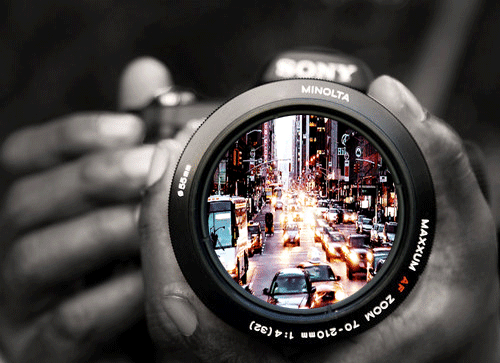top of page




1/1
CURRENT VS. FUTURE

CURRENT ARTICLES
March 17, 2015- Nanotechnology could help with prostate cancer treatment options
Prostate cancer is the second-leading cause of deaths by cancer in American men. Doctors commonly say it is often overdiagnosed or overtreated. By age 80, more than 50 percent of men will develop prostate cancer, but most will not develop the aggressive form of the disease. Recently, a study conducted by Vadim Backman, a professor of biomedical engineering at Northwestern's McCormick School of Engineering and Applied Science, shows nanoscale technology used to identify the nascent cancers that will most likely remain non- agressive or agressive.
Backman has been studying cell abnormalities at the nanoscale with various types of cancers, "using an optical technique he pioneered called partial wave spectroscopic (PWS) microscopy. PWS can detect cell features as minute as 20 nanometers, uncovering differences in cells that otherwise appear normal using standard microscopy techniques." (3.7)
"His previous research have shown evidence that PWS can assess the risk of lung, colon and pancreatic cancers in humans. This sort of prescreening can lead to earlier, life-saving interventions. This is the first study to use PWS to predict a cancer prognosis, the likely course of the disease." (3.8)
March, 6 2015- New tool for detecting, destroying norovirus
The norovirus infection is the main cause for the horrifying stomach flu. Although the norovirus is not fatal, it can cause highly discomforting symptoms including: excessive vomiting and diarrhea. Recently, a team of researchers produced nanobodies that could be used to exceedingly characterize the structural makeup of the virus. Additionally, they discovered that these nanobodies could detect the virus and simutaneously disassemble norovirus particles in a human body. Such nanobodies may potentially be used to treat symptoms of norovirus infection.
Dr. Grant Hansman, a virologist who leads the CHS Research Group on Noroviruses, discovered that a "nanobody" called Nano-85 was able to bind to intact norovirus-like particles. Nanobodies are very similar to antibodies, which recognize and bind to antigens. Although, nanobodies are less expensive, as well as smaller. The Nano- 85 was able to recognize the many different norovirus strains. Ultimately, the Nano-85 was able to detect virus in one-third of the sample already known to be positive for noroviral RNA.

FUTURE

(3.3)

(3.4)

(3.5)
Nanotechnology will greatly possess an impact upon the future world. From having the ability to eliminate diseases, developing gadgets that can assist in the end of third world poverty, and stain-repellent clothing, nanotechnology is on its way into drastically changing our society.
(3.6)
As the nanotechnology experts said in the video, nanotechnology will greatly revolutionize the medical field, and develop applications that can serve in the military and for consumer products. For example, carbon nanotubes can help an injured soldier who lost his limb in retrieving it back again by rebinding to the broken bone. This would be a faster alternative then taking the soldier to a hospital and the soldier suffering through the tramatic pain of being healthy again. Additionally, it can improve the material used for aircrafts adn commerical airplanes. Due to the strong and flexible material nanotechnology can create, many airlines can use these tough materials to improve their airplanes ability to fly.
bottom of page